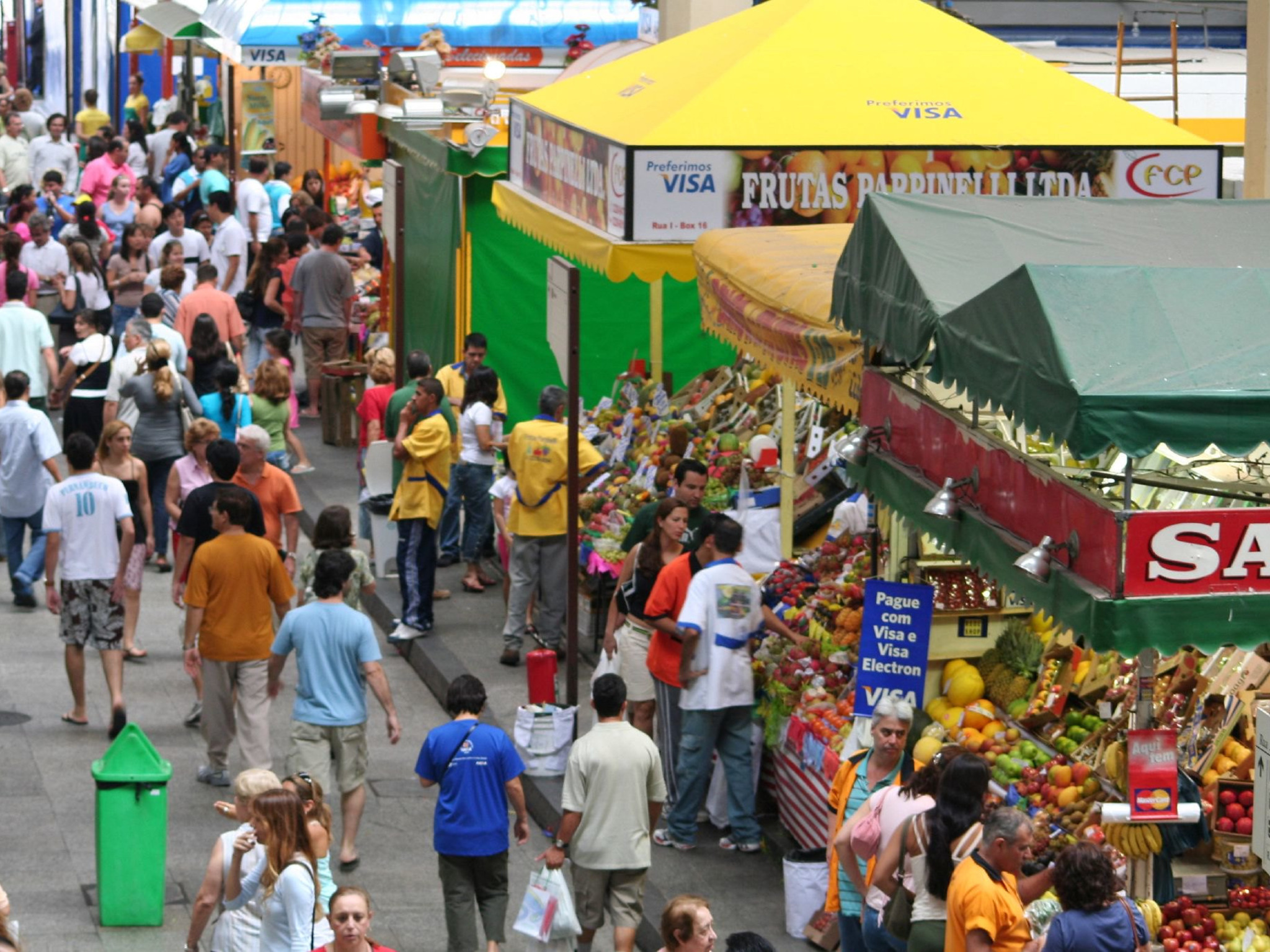City Success Stories: Local Climate and Food Strategies Lead the Way as National Plans Falter
6 Mins Read
National plans for climate mitigation are failing, with many neglecting food systems. A new report shows that local and regional policies by city administrations across the world provide a roadmap for pioneering climate and food strategies – and countries must take inspiration from them to revise their climate policies.
Last week, the UN Framework Convention on Climate Change (UNFCCC) published a report – amid a host of others leading up to COP28 – finding that national climate action plans to limit temperature rises to 1.5°C above pre-industrial levels are insufficient. Another report earlier this week found that the world is on track to actually reach 3°C if current strategies and consumption rates continue, which is – to put it horrifyingly mildly – less than ideal.
UNFCCC highlighted the importance of COP28 for countries to “regain momentum” to step up their efforts and get their nationally determined contributions (NDCs) under the 2015 Paris Agreement back on track. Now, new research shows that what governments really need to do is look inward to their local administrations, finding that cities are pioneering food and climate change policies.
Most of the recent climate reports have heavily focused on the energy sector, while the spotlight on food has been low, despite food systems being responsible for a third of all greenhouse gas emissions globally. In September, a study published in the Energies journal suggested that even if all emissions from non-food sectors (energy and industry) are stopped, food emissions alone will surpass the 1.5°C limit. Recognising this, the UN is finally focusing on food at this year’s COP28 conference.
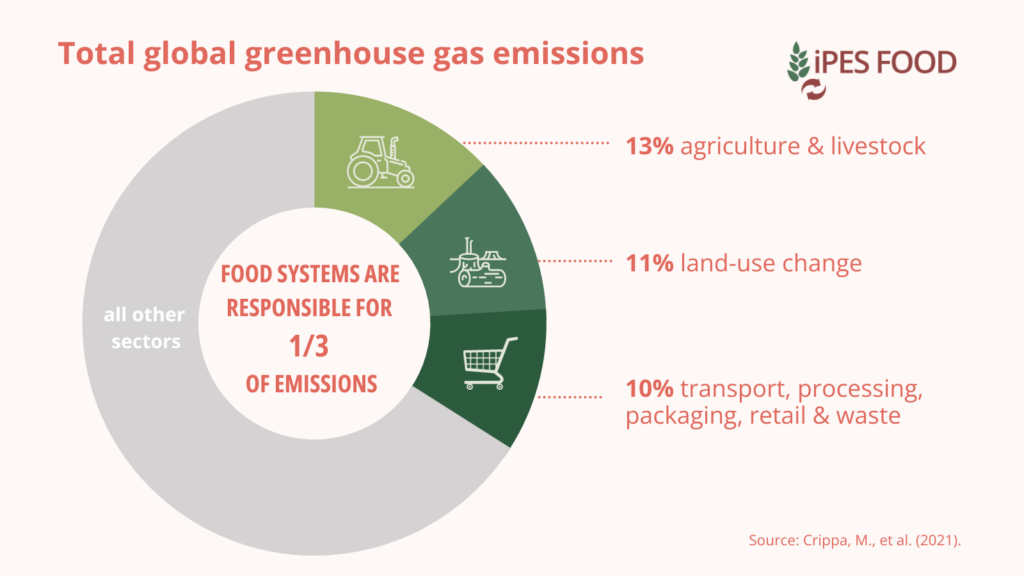
Titled From Plate to Planet, the report by the International Panel of Experts on Sustainable Food Systems (IPES-Food), outlines how local governments are spearheading actions to cut emissions by promoting sustainable diets, reducing food waste, shortening food supply chains, and ensuring equitable access to healthy and eco-friendly food.
The report reveals that 18 national governments and the EU have declared a climate emergency, compared to 2,317 local and regional authorities, whose policies provide a blueprint for action on food and climate change. It argues that these cities need much more support and recognition for their work, which it says is “overlooked by national governments and in international climate negotiations”.
This is because city strategies “contrast dramatically with the weak and fragmented actions of national governments”, citing the NDCs described by the UNFCCC too. “What plans do exist lack joined-up approaches that span the whole food system, lack coordination between local, regional, and national levels of government, and lack measurable commitments,” the authors write.
Examples of city-level food and climate policies
The report looks at city policies across the world to illustrate how local governments are leading on food-related climate action. For example, New York City has committed to a 33% emissions reduction from food by 2030 across all agencies, including schools, hospitals, jails, senior centres and homeless shelters. Additionally, it made plant-based meals the default in all 11 public hospitals, which resulted in a 36% reduction in carbon emissions in the first year.
“We are making significant strides in reducing emissions through serving less carbon-intensive foods,” said Kate MacKenzie, food policy executive director at the NYC Mayor’s office. “We hope the example of our increased plant-based food offerings – which are not only good for people but also lead to reductions in food waste and sustainable supply chains – can spur other leaders to enact new policies on food and climate change.”
Similarly, Washington DC enacted the Green Food Purchasing Act – a first for the US – which legally mandates a 25% reduction of GHG emissions in its food purchasing by 2030, with obligatory measurement.
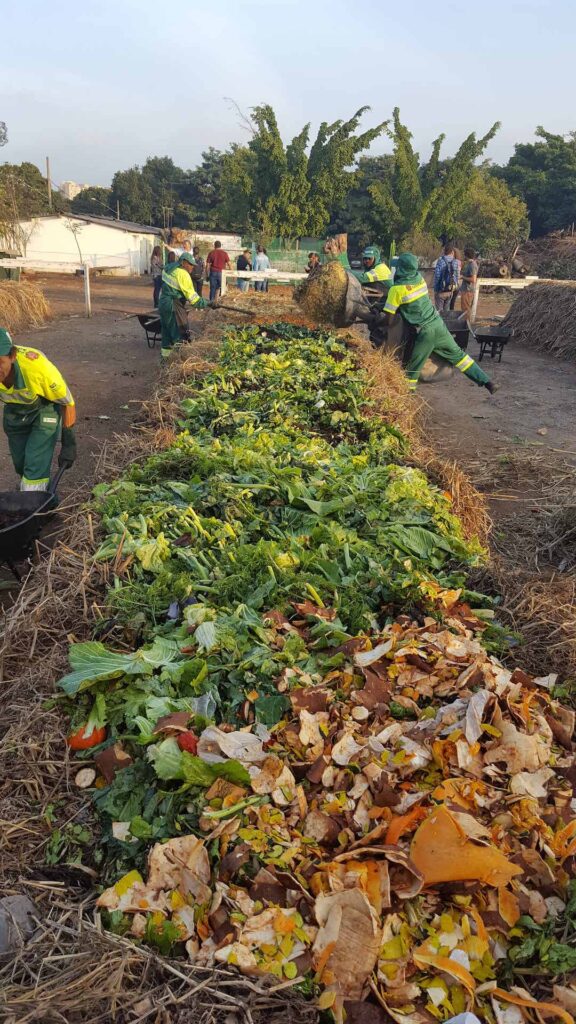
In São Paulo – Brazil’s largest city – one programme aims to protect forests, reservoirs and farms in rural districts on the outskirts from urban development. 160 farmers have been offered technical assistance to boost yields, increase incomes, switch to sustainable agriculture practices, and find urban buyers. Plus, an s award-winning Sustainable Markets and Parks scheme rescues food waste from the city’s 880+ food markets. Instead of going into landfill, it’s either distributed to food banks, or if unsuitable for consumption, it’s sent to low-emission composting facilities built by the administration.
“Our food policies in the department for economic development are very cross-cutting – acting on 12 of the Sustainable Development Goals – we are fighting poverty, hunger, inequality, and fostering a green economy,” said Aline Cardoso, economic development secretary at the City of São Paulo.
Likewise, in France, the commune of Mouans-Sartoux has a programme that has protected 112 hectares of farmland around the city from development, with integrated food policies further incentivising a shift to sustainable and healthy diets, and slashing food waste. This has led to 59% of residents changing their eating habits to more nutritious and sustainable food, resulting in a 26% food emissions cut.
How national governments can take inspiration from local policies
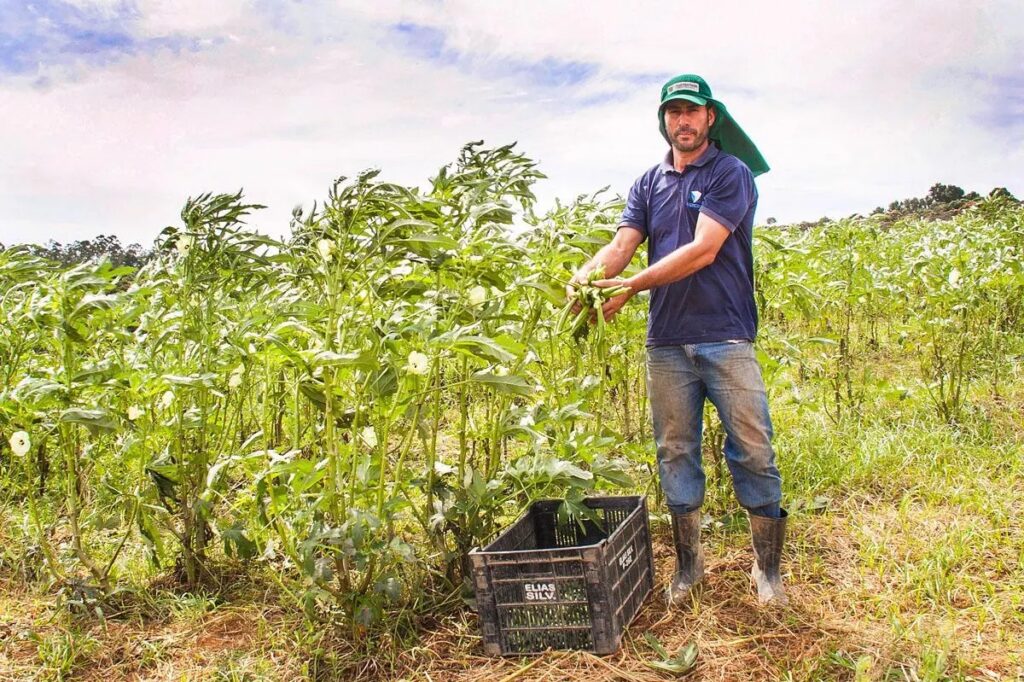
The report says governments should use the example of cities and regional governments as a blueprint for national food and climate policies, and provide them with more funding to take action on these strategies, scaling it out to all cities and regions. Countries should also take the opportunity of the Paris Agreement stocktaking at COP28 to revise national climate commitments to systematically include food systems and local action.
The authors make three recommendations to enable governments to devise better food and climate policies:
- Countries should revise their NDCs to include food system action: This involves targeting the entire supply chain’s emissions, setting actionable and measurable goals for sustainable production and consumption, and enlisting a broad range of stakeholders, including those most vulnerable to climate change.
- Governments should set up robust mechanisms to implement and report on NDCs in collaboration with local bodies: This entails building inclusive governance mechanisms, enabling policy and funding framework to integrate NDCs across government sectors, and creating a formal process within the UNFCCC to acknowledge the contribution of local action.
- Local governments should create integrated food policies to mitigate climate change: This means ensuring policies adopt a food systems approach, involving actors from across the supply chain, advancing efforts to measure and report GHG emissions, collaborating and sharing best-practice information between local administrations, and fostering opportunities for multilevel cooperation.
“It’s truly inspiring to see cities and regions leading the way on action to transform food systems and reduce emissions,” said Olivier De Schutter, co-chair of IPES-Food. “Even more remarkable, they have kept forging ahead despite Covid-19, despite the cost-of-living crisis, and often without much support from national governments.”
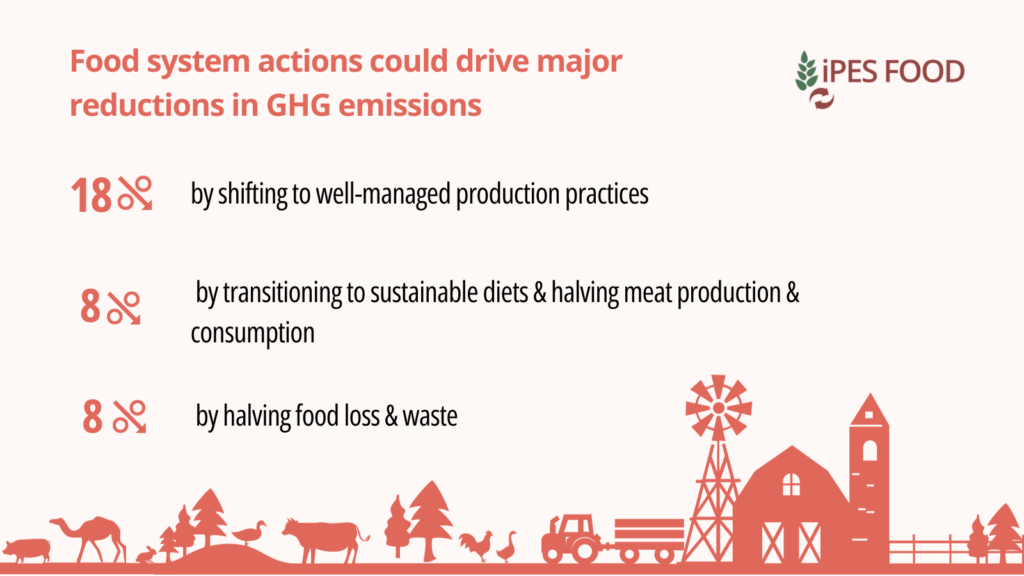
He added: “These policies are quietly working because local governments are addressing climate change with communities long-term together with other challenges that people care about, like healthy diets and supporting local businesses… Local governments are offering a blueprint for real people-centred climate action – and laggard national governments must start to follow.
“It’s time for national governments to build on the pioneering work of local governments to transform food systems – drawing down emissions from plate to planet.”


